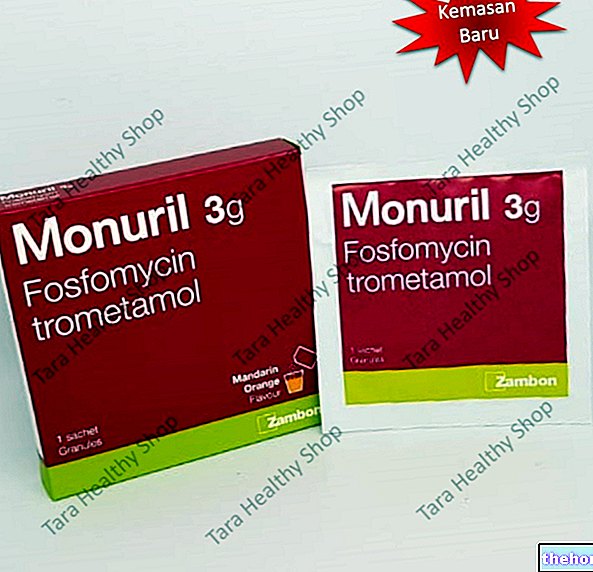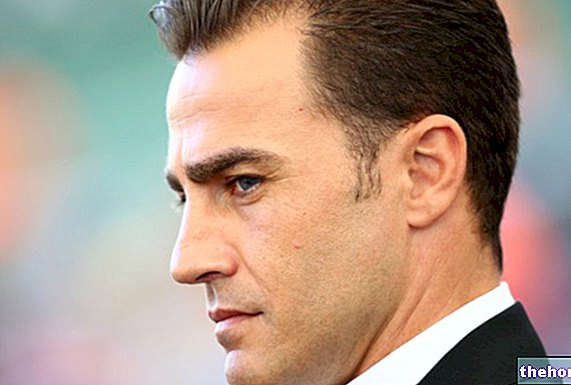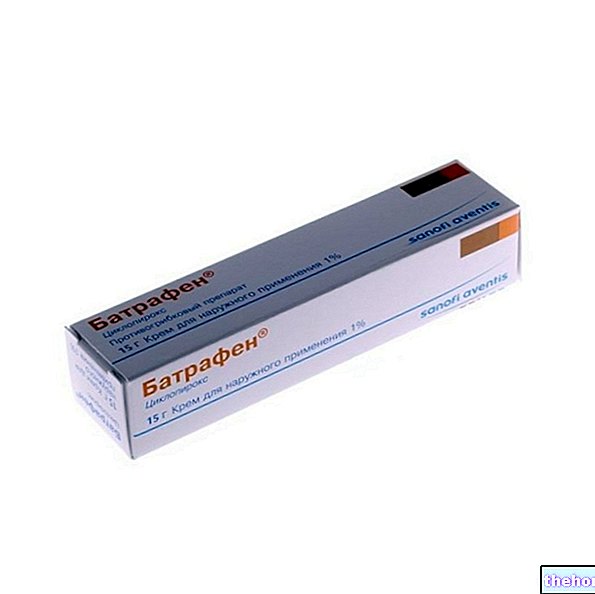
What is Celvapan?
Celvapan is an injectable vaccine. Contains influenza viruses that have been inactivated (killed). Celvapan contains a strain of the flu virus called A / California / 07/2009 (H1N1) v.
What is Celvapan used for?
Celvapan is a vaccine to protect against the "pandemic" flu. It must be used exclusively for the "pandemic flu A (H1N1) which was officially declared by the" World Health Organization on 11 June 2009. A "pandemic flu is occurs when a new strain of influenza virus appears that can easily spread from person to person because you are not immunized (protected) against that strain. A pandemic can affect most countries and regions around the world. Celvapan is administered according to official recommendations. .
The vaccine can only be obtained with a prescription.
How is Celvapan used?
Celvapan is given by injection into the shoulder muscle in two doses, at least three weeks apart.
How does Celvapan work?
Celvapan is a vaccine. Vaccines work by "teaching" the immune system (the body's natural defenses) how to defend itself against a disease. Celvapan contains a virus called A (H1N1) v which is causing the current pandemic. The virus has been inactivated so as not to cause any disease.
When a person is vaccinated, the immune system recognizes the inactivated virus as "foreign" and makes antibodies against that virus. If the body is exposed to the virus again, the immune system will be able to produce antibodies more quickly. This will help protect the body from disease.
The viruses used in Celvapan are grown in mammalian cells ("Vero cells"), unlike those contained in other flu vaccines, which are grown in chicken eggs.
How has Celvapan been studied?
Celvapan was originally developed as a "prototype" vaccine (mock-up) containing a H5N1 strain of the influenza virus named A / Vietnam / 1203/2004. The company studied the ability of this mock-up vaccine to trigger the production of antibodies ('immunogenicity') against this strain of influenza virus before the pandemic.
After the onset of the current pandemic, the company replaced the virus strain in Celvapan with the H1N1 strain responsible for the pandemic and submitted the data on this change to the Committee for Medicinal Products for Human Use (CHMP).
What benefit has Celvapan shown during the studies?
The mock-up vaccine has been shown to induce protective antibody levels in at least 70% of the people in which it was studied. In line with the criteria set by the CHMP, this demonstrated that the vaccine induced an adequate level of protection.
The CHMP also expressed satisfaction that the change of the strain to H1N1 did not affect the characteristics of the vaccine.
What is the risk associated with Celvapan?
The most common side effect with Celvapan (seen in more than 1 in 10 people who are vaccinated) is pain at the injection site. For the full list of side effects reported with Celvapan, see the package leaflet.
Celvapan must not be used in people who have had an anaphylactic reaction (severe allergic reaction) to any of the components of this vaccine or to any of the substances found in trace amounts (very small amounts) in the vaccine (e.g. formaldehyde, benzonase or sucrose). However, in the event of a pandemic, it may be appropriate to administer the vaccine to these patients, provided that the necessary resuscitation equipment is available.
Why has Celvapan been approved?
The CHMP decided that based on the information obtained with the mock-up vaccine and the information provided on the change of strain, the benefits of Celvapan outweigh its risks for influenza prophylaxis in the officially declared H1N1 pandemic situation. The Committee recommended the issuing of the marketing authorization for Celvapan.
Celvapan was authorized under "exceptional circumstances". This means that it has not been possible to obtain complete information on the pandemic vaccine. The European Medicines Agency will review any new information available on the medicine annually and, if necessary, this summary will be updated.
What information is still awaited for Celvapan?
The company that makes Celvapan will collect information on the safety and efficacy of the vaccine and will submit this data to the CHMP for evaluation.
What measures are being taken to ensure the safe use of Celvapan?
The company that makes Celvapan will collect information on the safety of the vaccine during its use, i.e. information on its side effects and safety in children, the elderly, pregnant women, patients with serious illnesses and people with immune system problems. .
Other information about Celvapan:
On March 4, 2009, the European Commission granted Baxter AG a "marketing authorization" for the Celvapan prototype vaccine H5N1, valid throughout the European Union. The positive opinion for the vaccine H1N1 was issued on October 1, 2009 .
For Celvapan's full EPAR with the most up-to-date information on vaccine use, click here.
Last update of this summary: 10-2009.
The information on Celvapan - vaccine published on this page may be out of date or incomplete. For a correct use of this information, see the Disclaimer and useful information page.




























